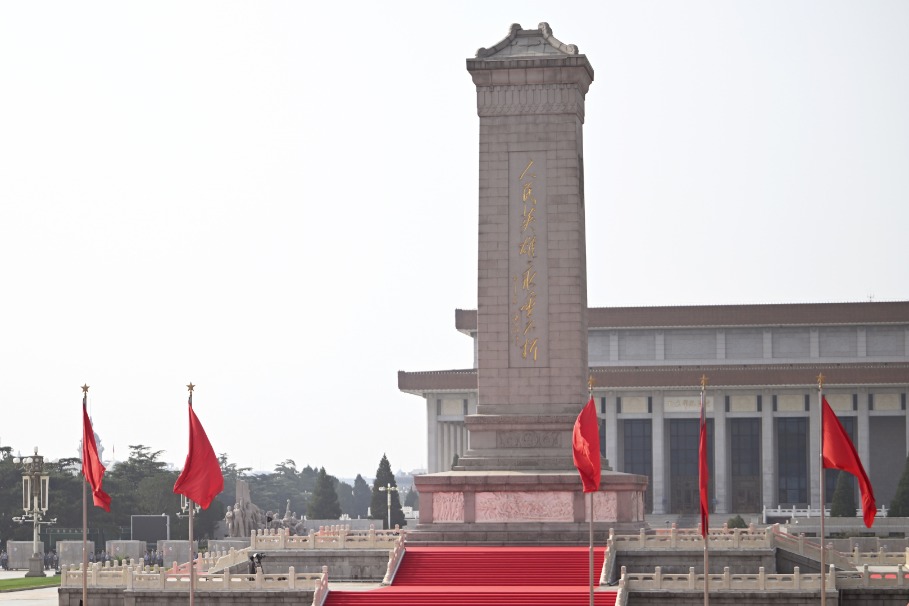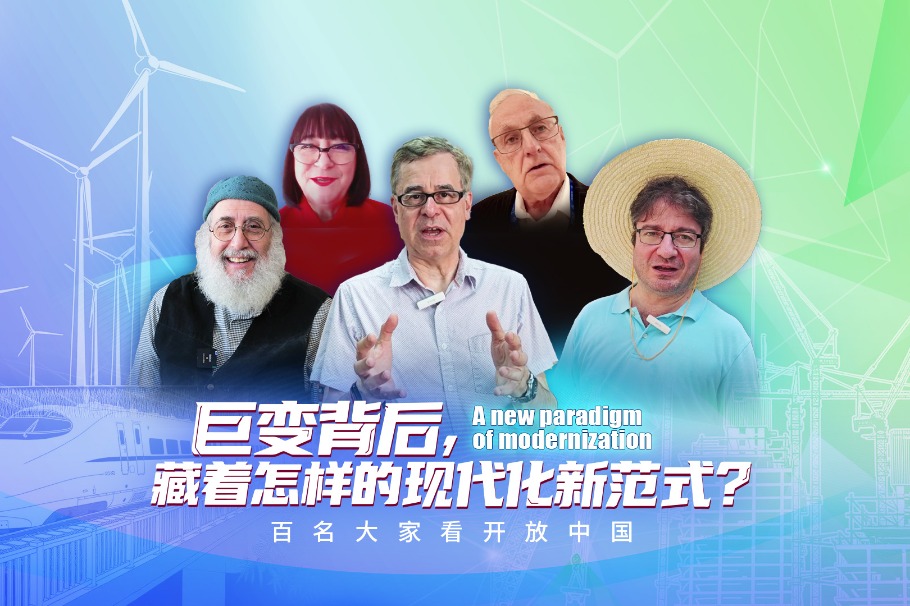Auction hero
By Lin Qi | China Daily | Updated: 2018-02-09 07:36

"It's not a book filled with laudatory expressions," Kou says.
"It's a collection of lively anecdotes and precious life lessons about genuine connoisseurship, built upon wisdom, hardships and credibility, which still matters a lot to the art world today."
The son of a well-off antiques store owner, Chang's recollections of his childhood and early years reflect how antique dealers in Shanghai profited from a booming market from the late 1920s to the 1930s.
The period saw an important transition: declining aristocrats and court officials of the overturned Qing Dynasty (1644-1911), who favored classical Chinese paintings and calligraphy, gradually lost their predominance in art collection to a growing group of wealthy bankers. Chang says the latter group preferred imperial ceramics crafted at official kilns to paintings.
The rising demand also generated a rise of influential antique dealers, several of whom became business acquaintances of Chang's family, such as Qiu Yanzhi.
The prosperous art market of Shanghai was then gradually replaced by Hong Kong, as many rich people moved there in the 1940s, and the city developed into the financial center of Asia. The chapters of Chang's life after arriving in Hong Kong are an inspirational story typical to many people arriving in Hong Kong forced to start their careers from scratch.
Chang worked as antiques dealer with the support of his family's long-standing clients who had relocated to Hong Kong and abroad. He ran five antiques and curiosity stores at one time.
He first attended an auction in London in the late 1960s, and was impressed by the openness, convenience and inclusiveness of auctions. He began to bid at auctions in Europe and the United States.
And he felt the model should be introduced into Hong Kong, anticipating a time where art auctions would become a major stakeholder in the art market. When Sotheby's staged its first auctions in Hong Kong in the 1970s, he consigned his collections and actively made bids. He also introduced his clients to the auction house.
He shared his knowledge and contacts in auctioning, when the Chinese mainland also considered adopting the model. He was present at the first art auctions held in Shanghai and Beijing in the early 1990s.

























